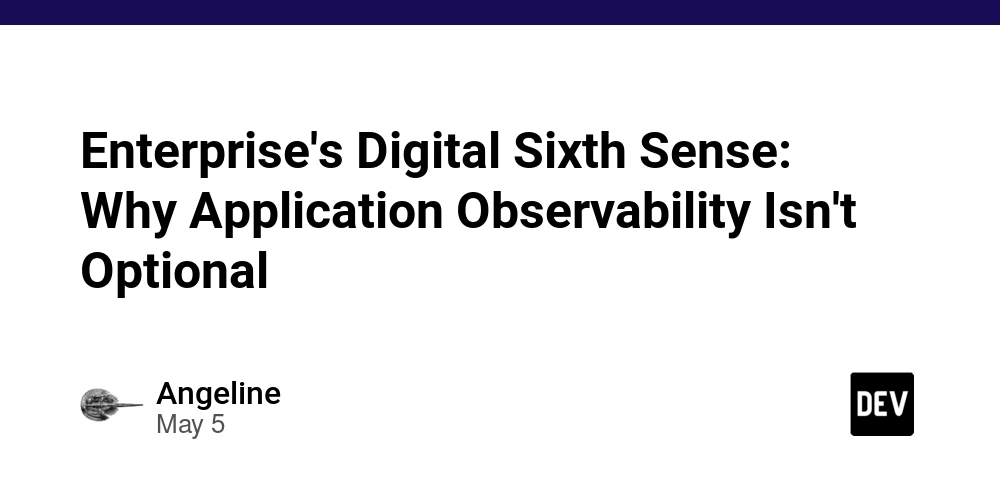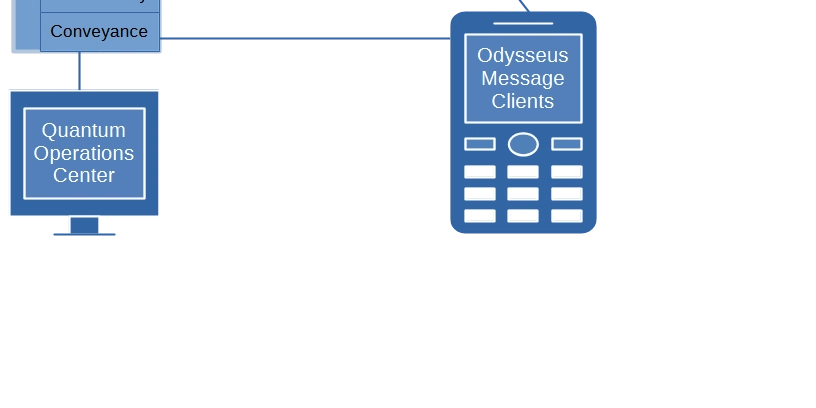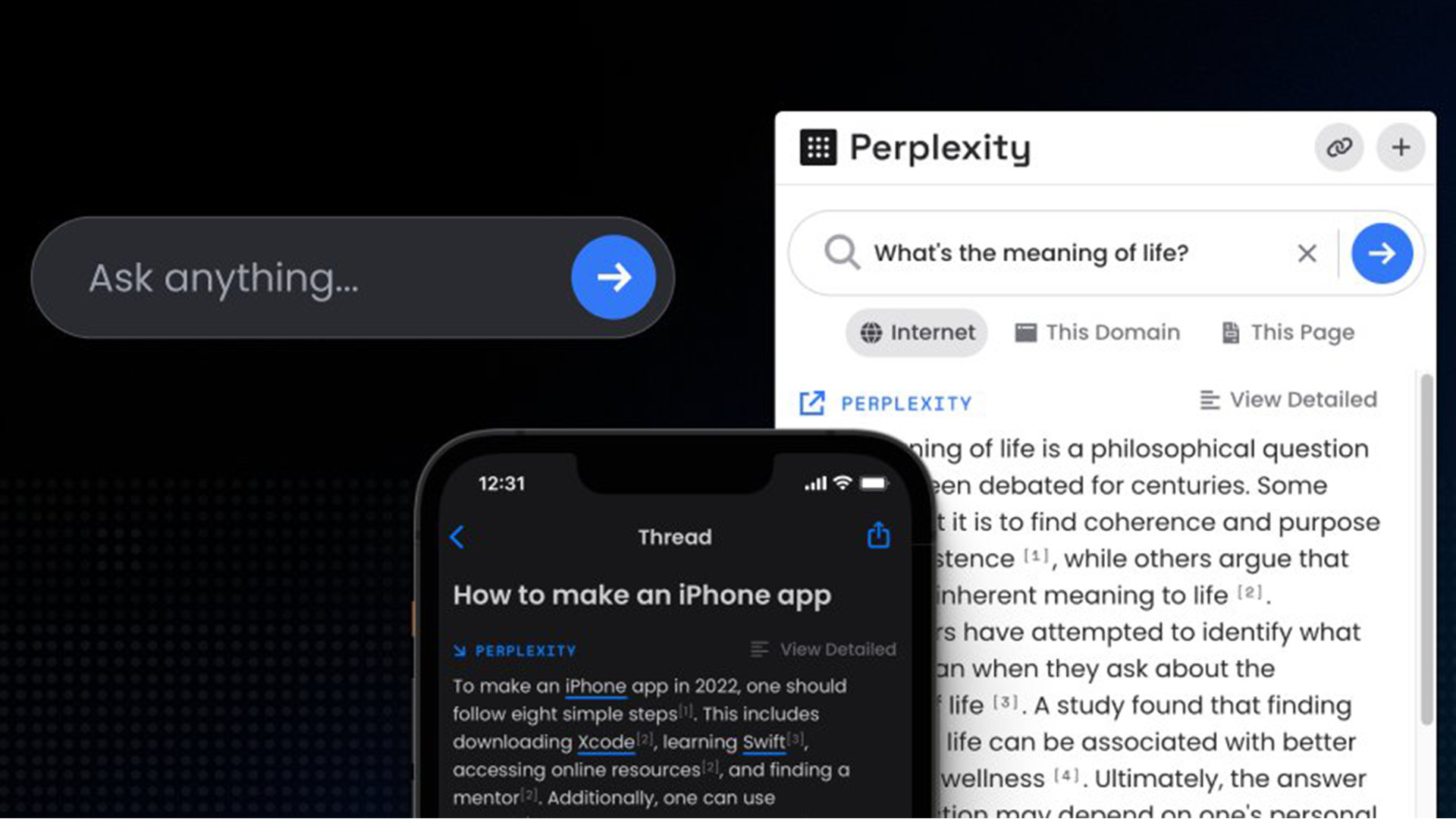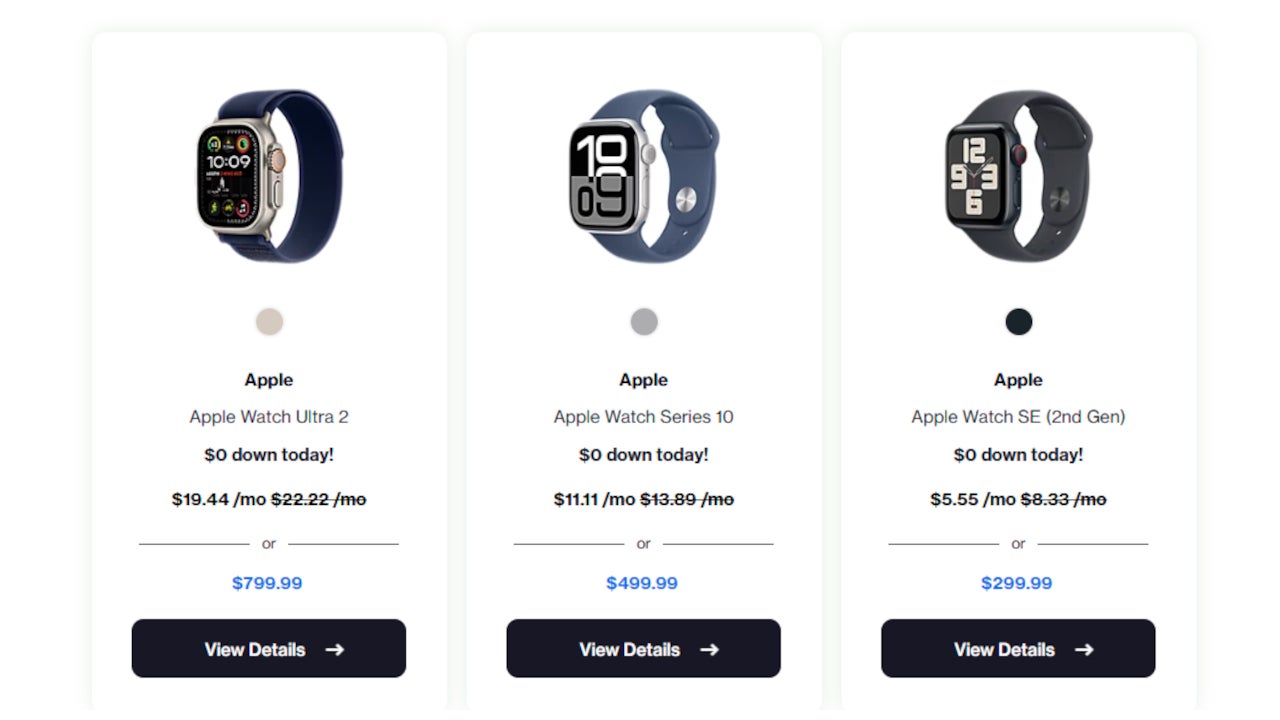Enterprise's Digital Sixth Sense: Why Application Observability Isn't Optional
From sophisticated financial platforms processing a constant stream of critical transactions to global e-commerce sites navigating a vast ocean of customers, modern enterprise applications have moved beyond simple mechanics. They've become intricate, interconnected ecosystems, like complex digital cities built upon microservices, cloud foundations, and diverse hybrid infrastructure. Navigating this intricate digital terrain without comprehensive insight is akin to sailing uncharted waters without a compass. This is where application observability emerges, not merely as a tool, but as your guiding star, providing the essential bearings to understand your application's behavior. Application observability transcends the limitations of traditional monitoring's surface-level readings. It offers a profound ability to understand and effectively diagnose the internal state of your applications. This understanding is derived from the rich telemetry data they emit – detailed logs like historical records, granular metrics like vital signs, and comprehensive traces like detailed journey maps – all achieved without intrusive code modifications or the often-futile exercise of trying to reproduce elusive production issues within the artificial confines of a test environment. At its core, observability isn't just about the flashing red light of an alert. It's about possessing the power to ask and answer the critical question of why that anomaly occurred, and to do so with the immediacy demanded by the relentless current of real-time operations. The guiding principles of observability for today's enterprises: Illuminating the path to resolution: When critical applications stumble, every second of downtime or poor performance casts a long shadow on revenue and reputation. Observability empowers teams to trace the intricate pathways of failures as they spread through interconnected digital neighborhoods, correlate diverse telemetry data like pieces of a puzzle, and pinpoint the root cause – the single broken gear or the misbehaving component. This significantly reduces MTTR, minimizing the duration of the digital darkness and safeguarding business continuity. Crafting seamless digital journeys: In the fiercely competitive digital marketplace, user experience is the wind in your sails. Slow or unreliable applications are like navigational hazards, driving users towards competitors' shores. Observability provides the instruments to accurately measure the currents of latency, identify performance bottlenecks – the digital reefs – and compare real-time metrics to historical charts, revealing regressions and areas for optimization. By gaining a profound understanding of their users' digital journeys, development and operations teams can proactively optimize application responsiveness and consistently meet the navigational demands of stringent SLAs. Navigating deployments with confidence: The rapid pace of CI/CD requires reliable navigation tools. Observability allows teams to monitor the behavior of newly deployed features in real time, track critical business KPIs like guiding stars after release, and implement controlled rollouts (like sending out scout ships) with greater assurance. This enables faster innovation with a clearer understanding of the waters ahead. Reducing operational drag: Without comprehensive observability, diagnosing application issues can feel like bailing water from a sinking ship with a leaky bucket. A strong observability strategy provides intelligent alerts, empowers support teams with better navigational charts, and reduces the time development teams spend on reactive firefighting, freeing them up to chart new courses for innovation. Ensuring safe passage: Compliance, Security, and Auditing: For enterprises in regulated industries, observability acts as a reliable logbook, providing detailed records of application activity, aiding in the early detection of security threats – the digital pirates – and supporting the necessary data for compliance audits – ensuring a safe and legal voyage. Mapping the business landscape: Observability provides valuable insights beyond technical performance, revealing the contours of user behavior, the trade routes of API usage, and the potential whirlpools in key business processes. This data acts as a map for informed decisions on product development, marketing strategies, and overall business growth. Application observability: The bedrock of modern engineering navigation: Observability is a fundamental part of modern practices like DevOps (shared navigation), SRE (reliability charting), cloud-native development (navigating the cloud currents), and platform engineering (building better vessels), providing shared visibility, enabling reliability management, offering insights into distributed systems, and empowering development teams. **Charting a course for effective observability: Key steps include standardizing telemetry data (common navi

From sophisticated financial platforms processing a constant stream of critical transactions to global e-commerce sites navigating a vast ocean of customers, modern enterprise applications have moved beyond simple mechanics. They've become intricate, interconnected ecosystems, like complex digital cities built upon microservices, cloud foundations, and diverse hybrid infrastructure.
Navigating this intricate digital terrain without comprehensive insight is akin to sailing uncharted waters without a compass. This is where application observability emerges, not merely as a tool, but as your guiding star, providing the essential bearings to understand your application's behavior.
Application observability transcends the limitations of traditional monitoring's surface-level readings. It offers a profound ability to understand and effectively diagnose the internal state of your applications. This understanding is derived from the rich telemetry data they emit – detailed logs like historical records, granular metrics like vital signs, and comprehensive traces like detailed journey maps – all achieved without intrusive code modifications or the often-futile exercise of trying to reproduce elusive production issues within the artificial confines of a test environment.
At its core, observability isn't just about the flashing red light of an alert. It's about possessing the power to ask and answer the critical question of why that anomaly occurred, and to do so with the immediacy demanded by the relentless current of real-time operations.
The guiding principles of observability for today's enterprises:
Illuminating the path to resolution: When critical applications stumble, every second of downtime or poor performance casts a long shadow on revenue and reputation. Observability empowers teams to trace the intricate pathways of failures as they spread through interconnected digital neighborhoods, correlate diverse telemetry data like pieces of a puzzle, and pinpoint the root cause – the single broken gear or the misbehaving component. This significantly reduces MTTR, minimizing the duration of the digital darkness and safeguarding business continuity.
Crafting seamless digital journeys: In the fiercely competitive digital marketplace, user experience is the wind in your sails. Slow or unreliable applications are like navigational hazards, driving users towards competitors' shores. Observability provides the instruments to accurately measure the currents of latency, identify performance bottlenecks – the digital reefs – and compare real-time metrics to historical charts, revealing regressions and areas for optimization. By gaining a profound understanding of their users' digital journeys, development and operations teams can proactively optimize application responsiveness and consistently meet the navigational demands of stringent SLAs.
Navigating deployments with confidence: The rapid pace of CI/CD requires reliable navigation tools. Observability allows teams to monitor the behavior of newly deployed features in real time, track critical business KPIs like guiding stars after release, and implement controlled rollouts (like sending out scout ships) with greater assurance. This enables faster innovation with a clearer understanding of the waters ahead.
Reducing operational drag: Without comprehensive observability, diagnosing application issues can feel like bailing water from a sinking ship with a leaky bucket. A strong observability strategy provides intelligent alerts, empowers support teams with better navigational charts, and reduces the time development teams spend on reactive firefighting, freeing them up to chart new courses for innovation.
Ensuring safe passage: Compliance, Security, and Auditing: For enterprises in regulated industries, observability acts as a reliable logbook, providing detailed records of application activity, aiding in the early detection of security threats – the digital pirates – and supporting the necessary data for compliance audits – ensuring a safe and legal voyage.
Mapping the business landscape: Observability provides valuable insights beyond technical performance, revealing the contours of user behavior, the trade routes of API usage, and the potential whirlpools in key business processes. This data acts as a map for informed decisions on product development, marketing strategies, and overall business growth.
Application observability: The bedrock of modern engineering navigation:
Observability is a fundamental part of modern practices like DevOps (shared navigation), SRE (reliability charting), cloud-native development (navigating the cloud currents), and platform engineering (building better vessels), providing shared visibility, enabling reliability management, offering insights into distributed systems, and empowering development teams.
**Charting a course for effective observability:
Key steps include standardizing telemetry data (common navigational language), centralizing data collection (the ship's log), ensuring data correlation (connecting the stars), investing in the right tools (reliable instruments), and training teams (skilled navigators).
**Embracing observability for enterprise navigation:
As enterprise applications become more complex and critical, traditional monitoring alone is no longer sufficient. Application observability is a vital instrument for any enterprise looking to build and operate reliable, high-performing, and scalable systems, enabling faster innovation and a stronger competitive position in the digital sea.
Application Observability with Applications Manager:
ManageEngine Applications Manager offers a comprehensive and cost-effective platform for achieving application observability in today's complex IT environments. Its features enable IT and DevOps teams to effectively monitor, proactively troubleshoot, and continuously optimize critical applications.
Key features:
- Provides a full-stack view – your comprehensive map of the IT waters.
- Offers detailed Application Performance Monitoring (APM) – your deep-sea sonar for various technologies.
- Includes Real User Monitoring (RUM) – your observation deck for understanding the user's voyage.
- Supports synthetic monitoring – your proactive scouting missions.
- Collects a wide range of application and business metrics, including your detailed navigational data.
- Provides visibility into containerized environments like Docker and Kubernetes – your understanding of the fleet.
How Applications Manager guides your observability journey:
It helps understand the root cause of issues by connecting the stars of data, enables proactive detection with intelligent alarms, speeds up troubleshooting with comprehensive charts and instruments, supports performance optimization by identifying drag, and improves user experience monitoring, ensuring a smooth voyage for your customers.
Set Sail:
Take a 30-day free trial to experience the benefits of enhanced application observability with Applications Manager.








































































































































































![[The AI Show Episode 145]: OpenAI Releases o3 and o4-mini, AI Is Causing “Quiet Layoffs,” Executive Order on Youth AI Education & GPT-4o’s Controversial Update](https://www.marketingaiinstitute.com/hubfs/ep%20145%20cover.png)






















































































































































































































































































































































































![Apple Shares Official Teaser for 'Highest 2 Lowest' Starring Denzel Washington [Video]](https://www.iclarified.com/images/news/97221/97221/97221-640.jpg)

![Under-Display Face ID Coming to iPhone 18 Pro and Pro Max [Rumor]](https://www.iclarified.com/images/news/97215/97215/97215-640.jpg)
![New Powerbeats Pro 2 Wireless Earbuds On Sale for $199.95 [Lowest Price Ever]](https://www.iclarified.com/images/news/97217/97217/97217-640.jpg)




































































































